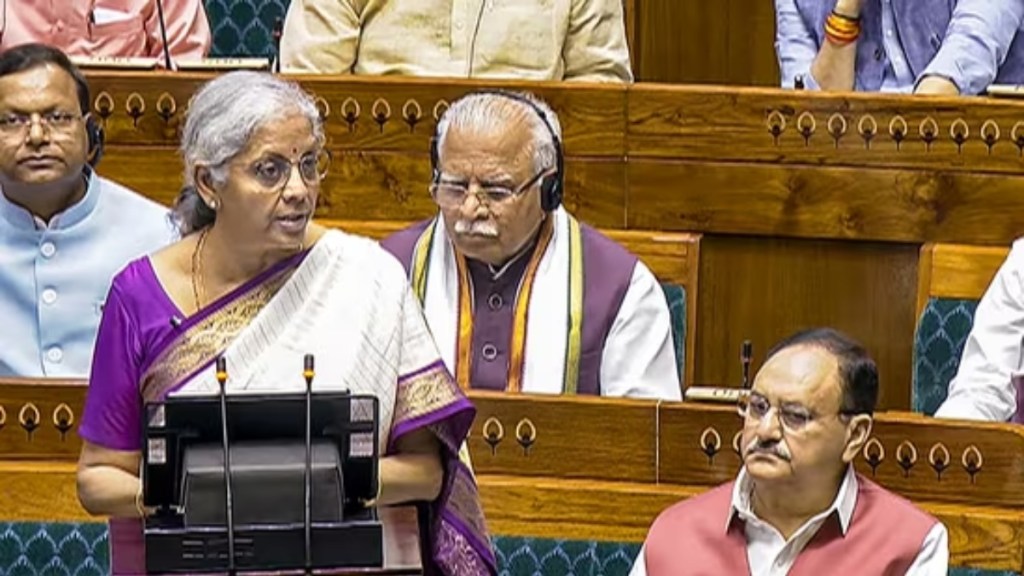By Nirvikar Singh
The Union Budget is no longer about ‘reform’. Instead it involves incremental adjustments to policy within a new economic growth strategy, one focused on business growth
When India’s national government occupied the “commanding heights” of the economy — at least in theory — Union Budgets were official expressions of that position. Although the government’s power was often limited by resource constraints, it freely exercised its ability to block some economic activities and allow others.
With the beginning of the era of “economic reform”, Budgets became announcements and signals of where the reforms would come, in the form of relaxations of controls, or, sometimes, going beyond simple liberalisation to change the organisation of the economy.
In particular, there was a shift from directly controlling markets to regulating them, notionally insulating the regulators from direct political interference.
Meanwhile, the tendency to micromanage the economy through changes in tax and tariff rates continued, even when those rates had been brought down from punitively high levels.
But even that impulse has receded. There are still vestiges of the old “command and control” mentality, but they are now more driven by political and other non-economic motives, rather than any economic rationale.
The latest Union Budget illustrates these trends. The government announced incremental changes in various spending plans, some to provide support to the less well-off, and others to continue the project of removing physical constraints to economic growth, by building infrastructure. Direct tax rates have seen marginal adjustments, broadly in the directions of encouraging productive investment and the right kind of risk-taking. Indirect taxes have mostly moved into a different arena, with the goods and services tax having its own decision-making apparatus. Tariffs and customs duties saw some rationalisation, to avoid disincentives to domestic production, but also to avoid over-protection.
The complex nature of modern manufacturing makes tariff policy difficult to implement perfectly, but minimal attempts at fine-tuning are a good sign.
The latest Budget continues with policies to try and finally get Indian manufacturing growing at the kind of rate needed for high economic growth, with production-linked incentives, now complemented with new employment-linked incentives. These policies may be second-best substitutes for real “reforms”, but they offer small nudges in areas where India’s economic success has been weakest.
The amounts involved are relatively small, but well within a fiscal situation that is relatively sound, if still carrying some of the hangover of the Covid pandemic. Other nudges include credit support for smaller firms, and expanding the role of the government’s trade receivables platform. Macroeconomic stability on the monetary and external fronts, normally not a primary focus of the budget exercise, has also delivered a record dividend from the Reserve Bank of India to the Union coffers.
This transfer, at about 4% of government expenditure, provides a cushion for the government as it tries to sustain growth momentum.
In sum, the Union Budget is no longer about “reform”, but instead involves incremental adjustments to policy within a new economic growth strategy, one that is focused on business growth, hopefully accompanied by commensurate employment growth.
At one level, that is reassuring — a conclusion that has a sense of “mission accomplished”, with India on its path to being a high-income country eventually, if not quite in time for the centenary of Independence. The central government is not taking this for granted, with improvements in the functioning of agricultural markets and labour markets — long-standing aspects of the “reform” vision — very much on its policy agenda. The underlying theme of all of this (as well as the goal of reducing judicial delays) can be encompassed under the term “ease of doing business”, broadened in scope beyond the parameters of the usual indices with that name.
But an alternative perspective also deserves consideration, one that recognises the lack of a level playing field, the limits on capabilities in the population at large, the resulting narrowness of the distribution of the fruits of Indian economic growth, and the erosion of some non-economic dimensions of development. Pursuing this line of reasoning, “reform” would involve a massive expansion of access to quality education, decentralisation of funds, and expenditure authority to lower-level governments that can be — or will learn to be — more accountable to constituents, and unshackling civil society to add a dimension to accountability beyond the ballot box.
In particular, an increase in tax devolution to states, and to local governments, if accompanied by capability building, could jump-start growth more than money that the Union government controls. For large projects, policies that require national or regional coordination, and policies that benefit from uniformity across the country, the central government has an indispensable role.
But many of the things it controls could be done more efficiently at the level of the states. Transferring more money and authority would make state budgets more important, and focus more attention on what the states are doing well, and on the quality of their policy choices. A major change like this would simplify the Union Budget, make “reform” an even less important aspect of that exercise, and allow states to take responsibility for all the things they have not been doing, or not been doing well.
In other words, the arena of “reform” would shift to where it matters the most, and where the largest impacts can be achieved.
Nirvikar Singh, Professor of economics, University of California, Santa Cruz. Views are personal.


